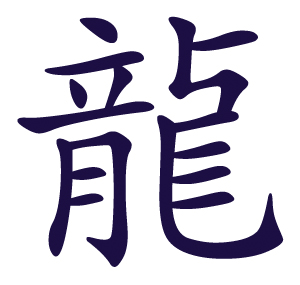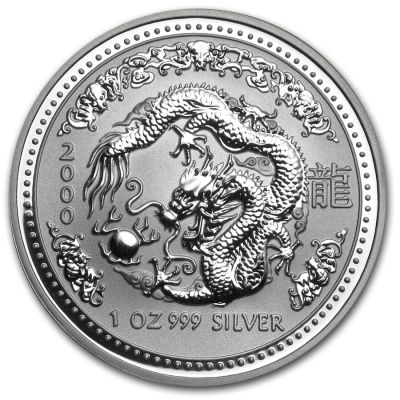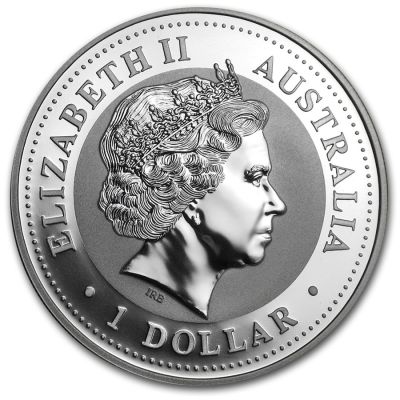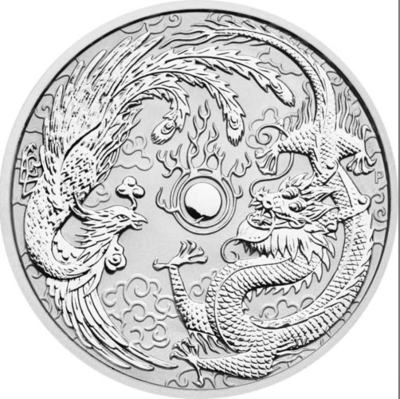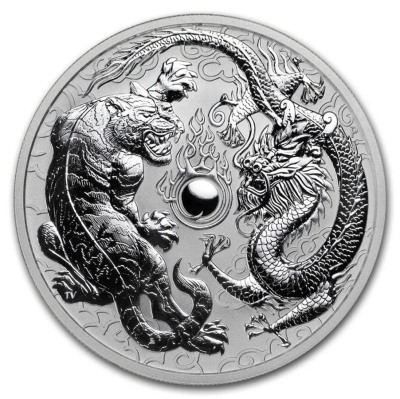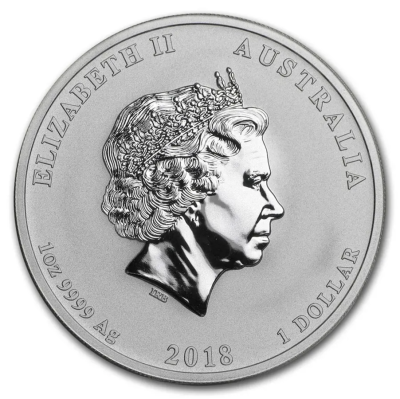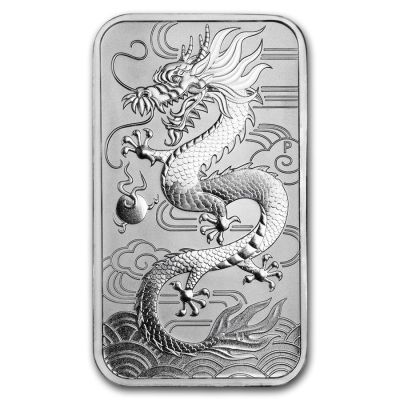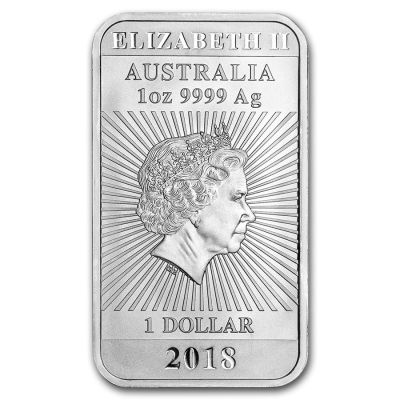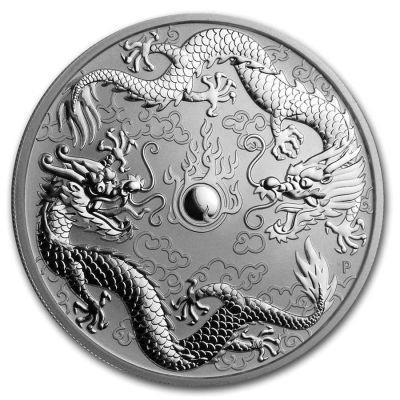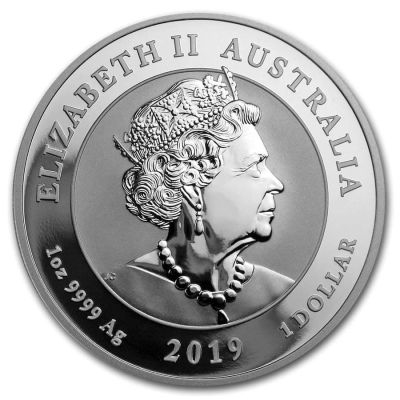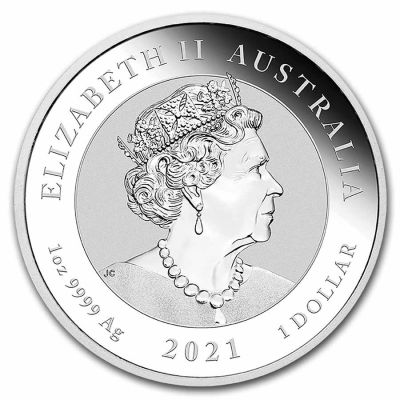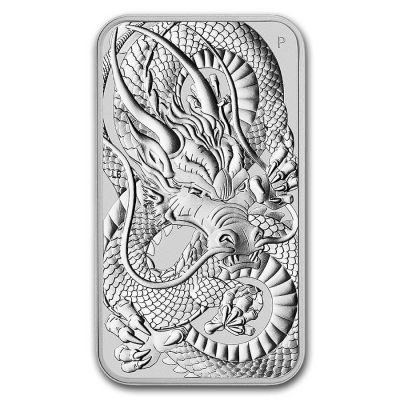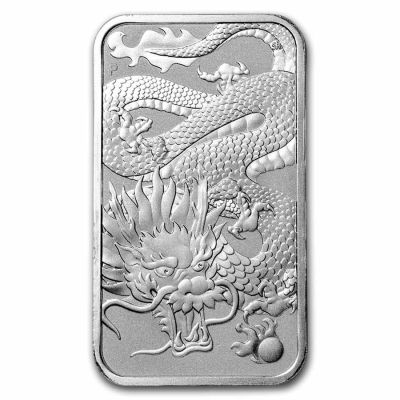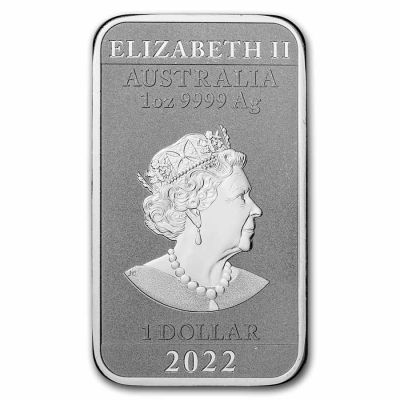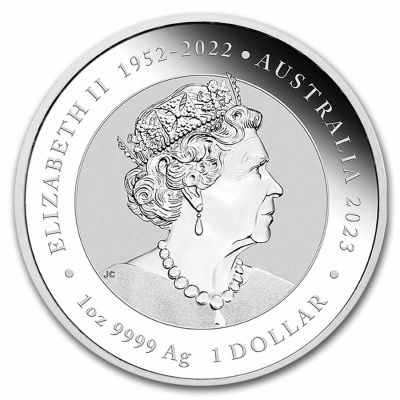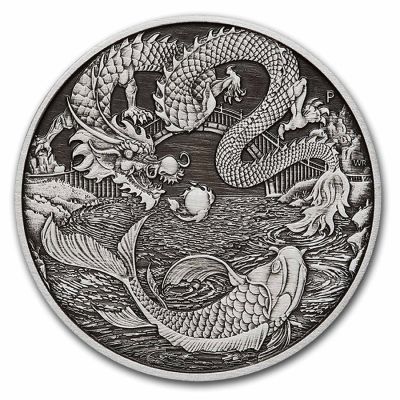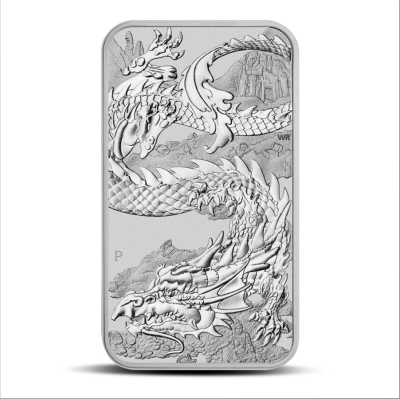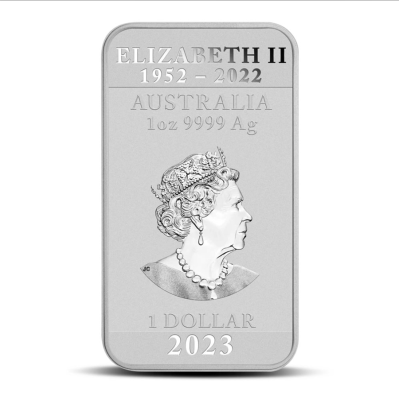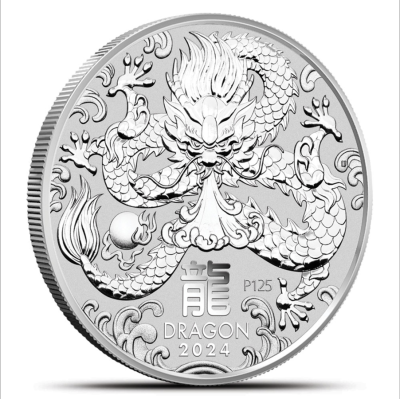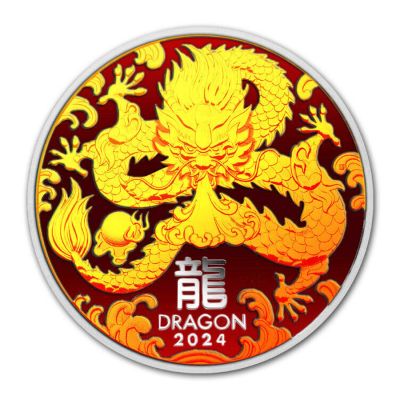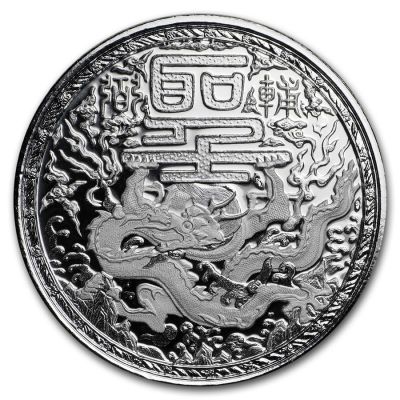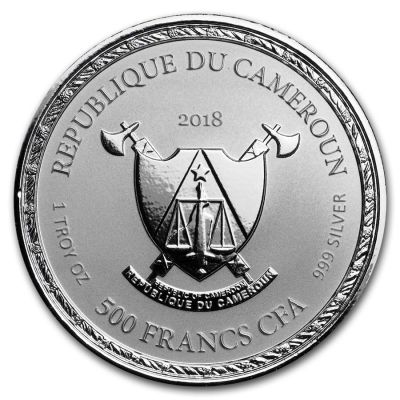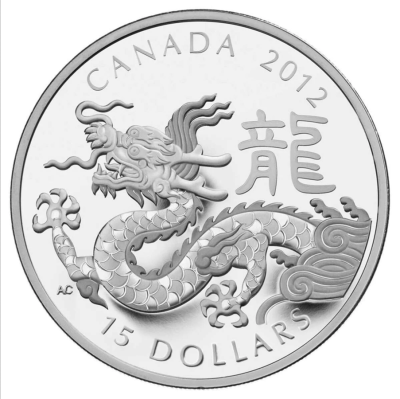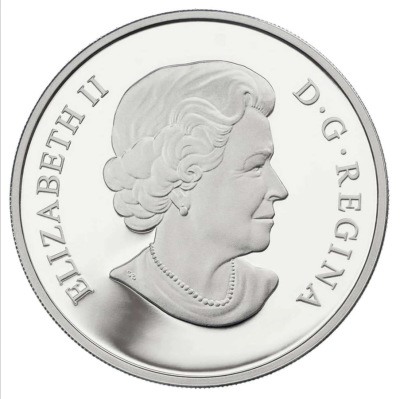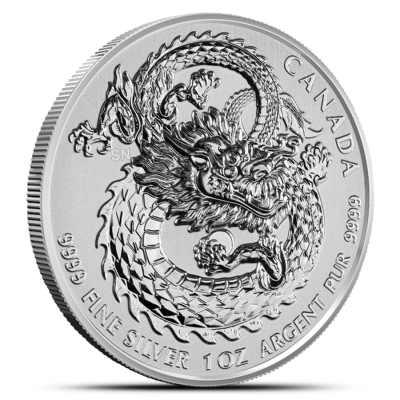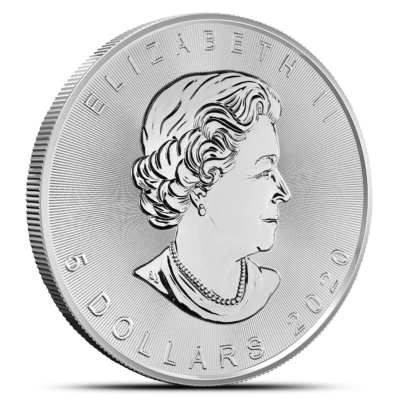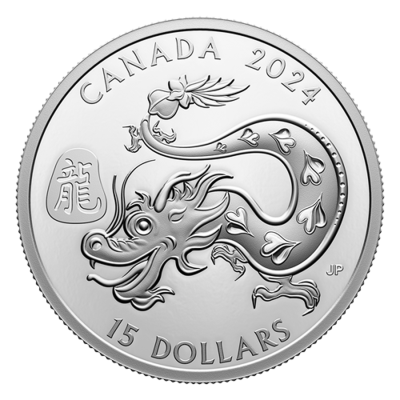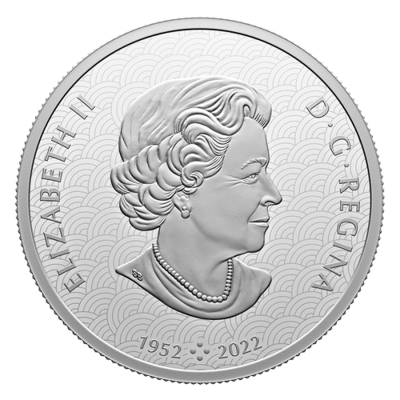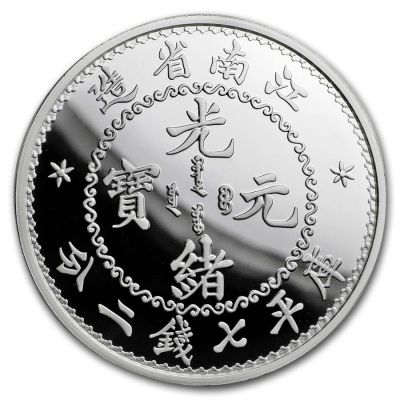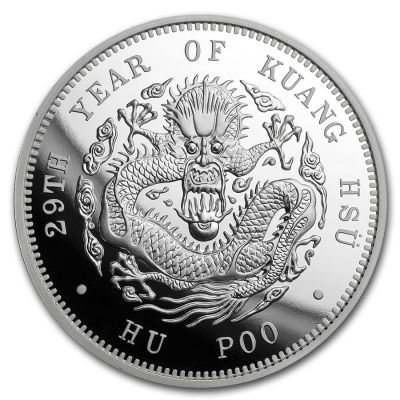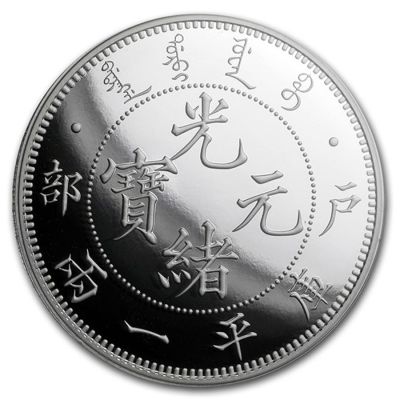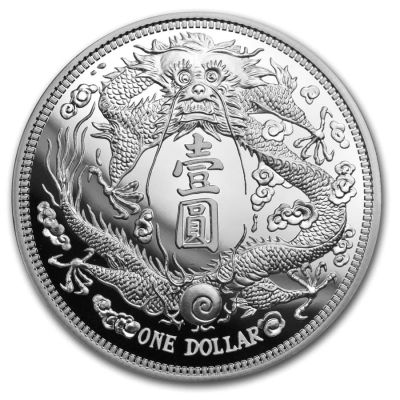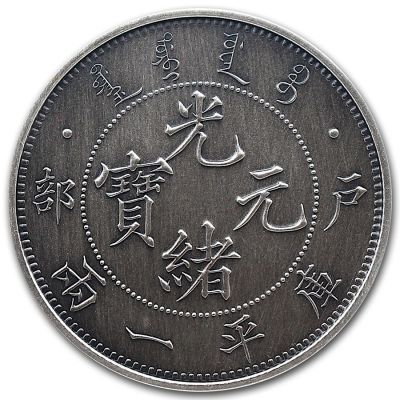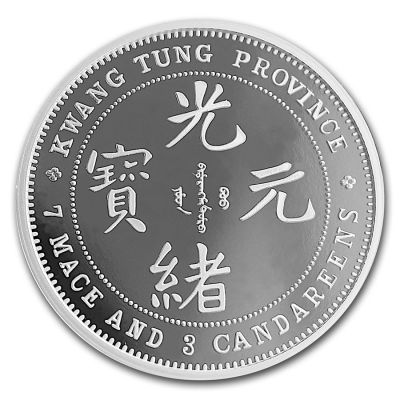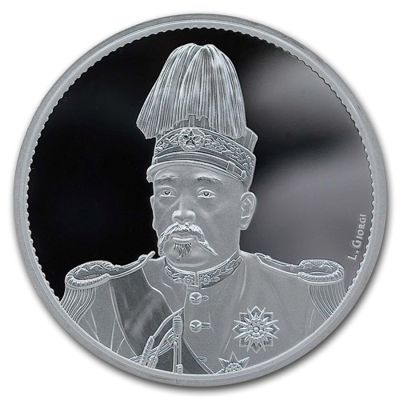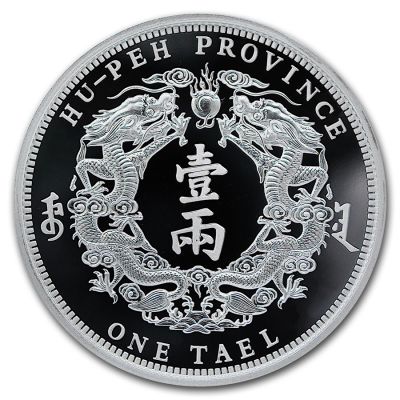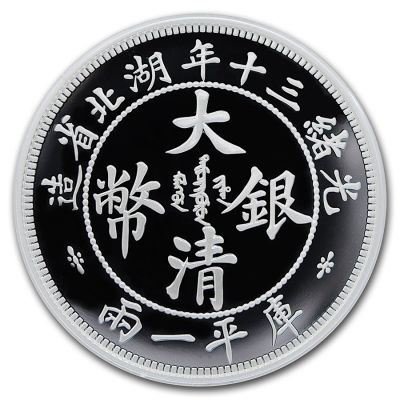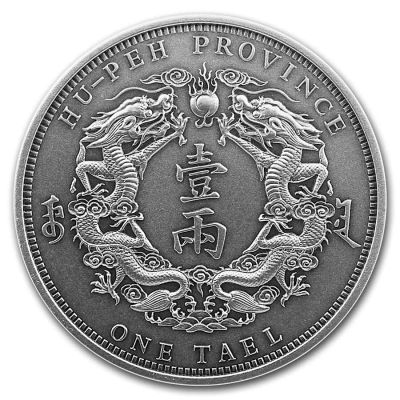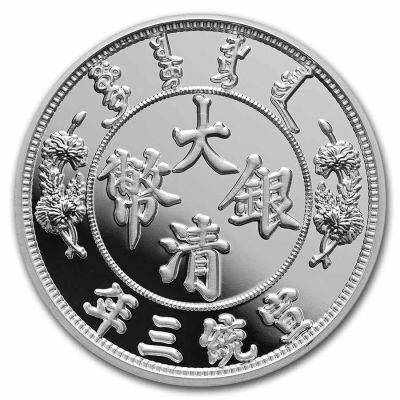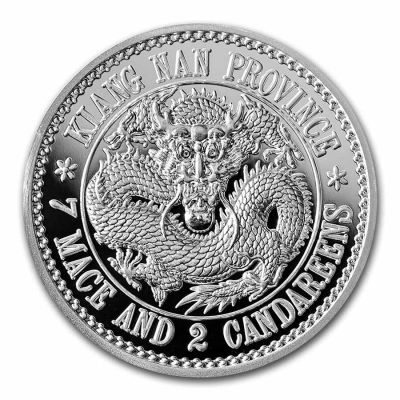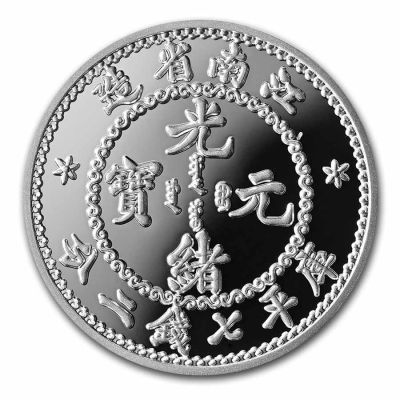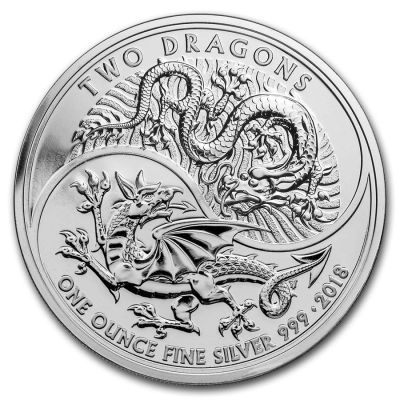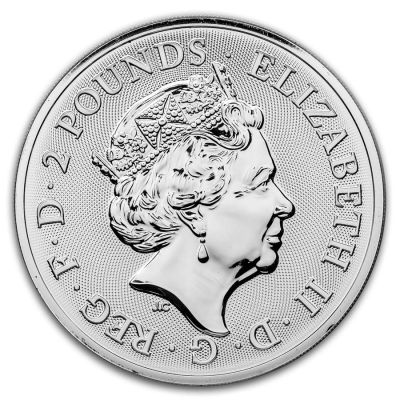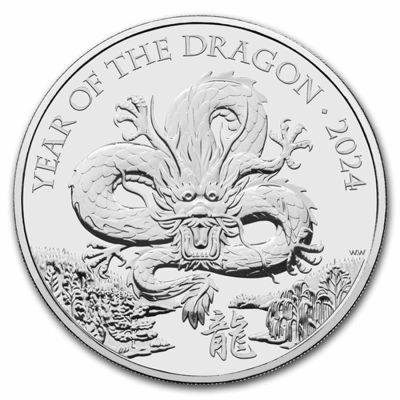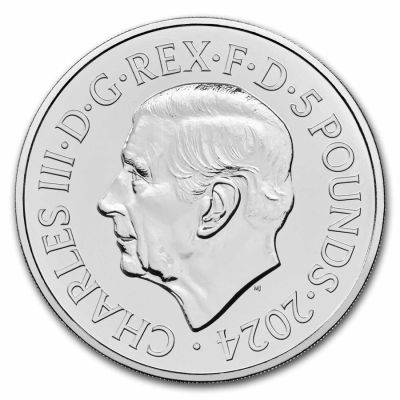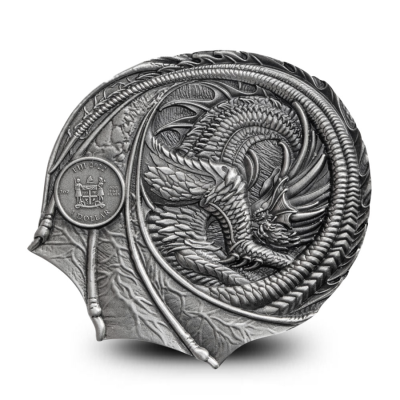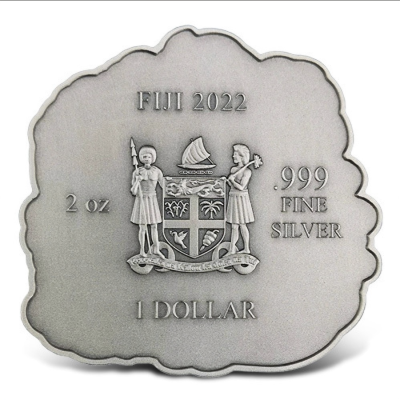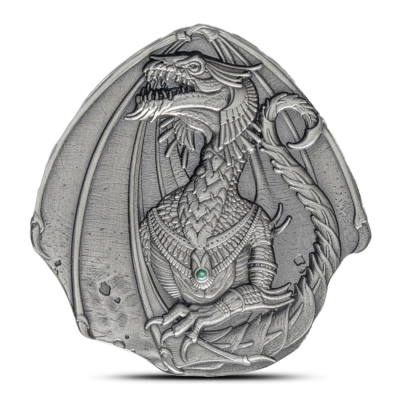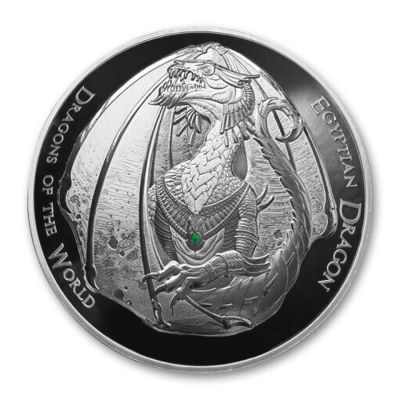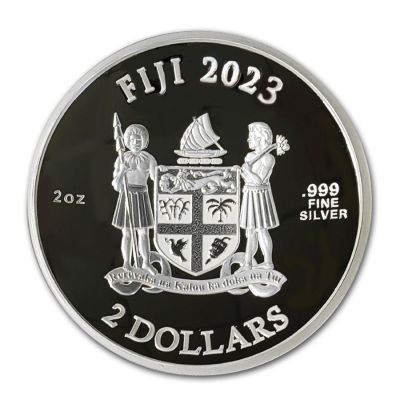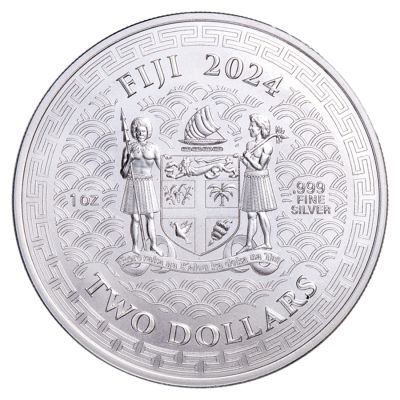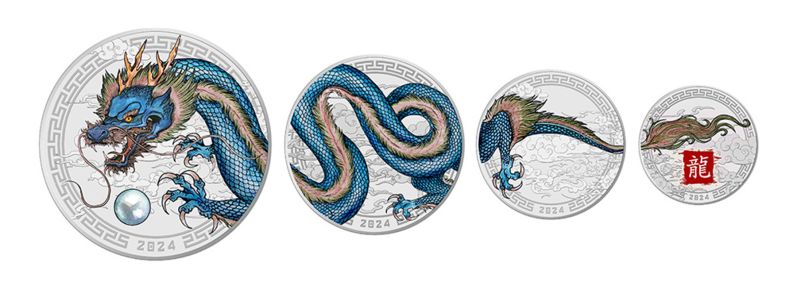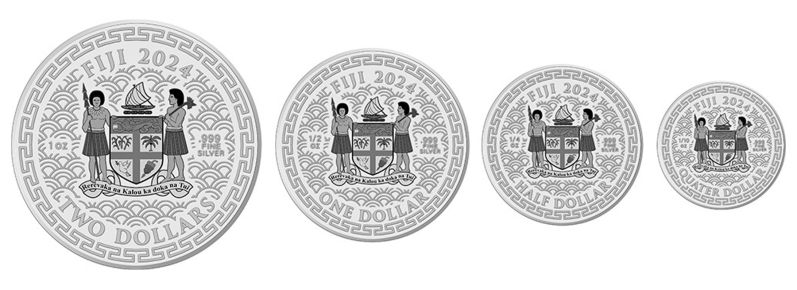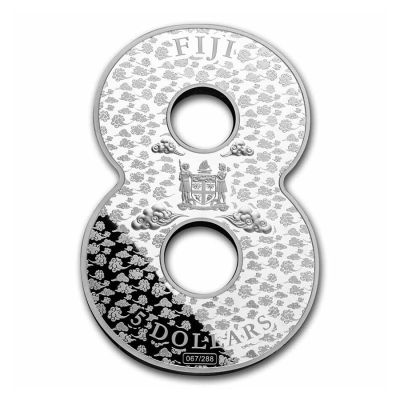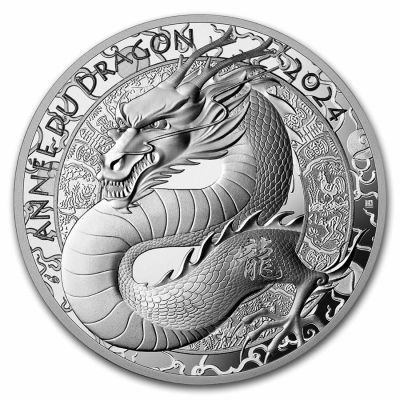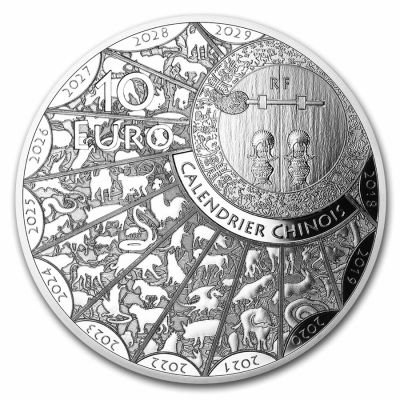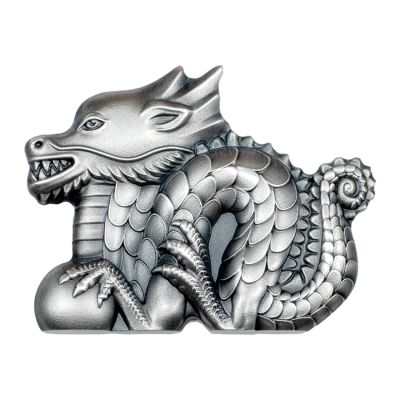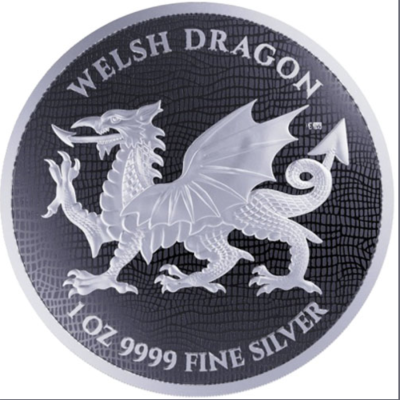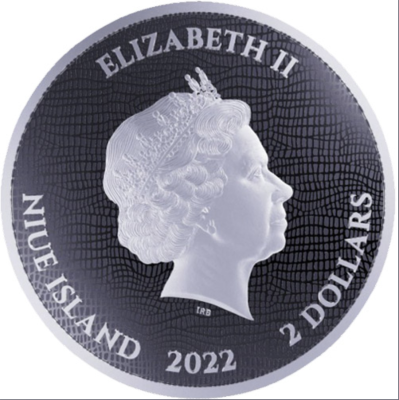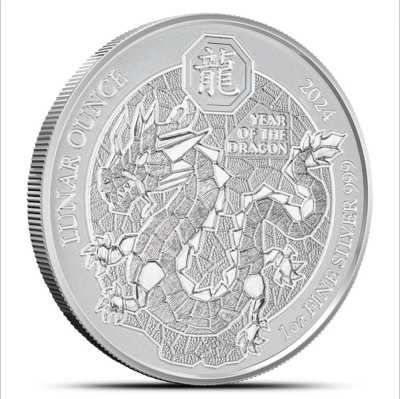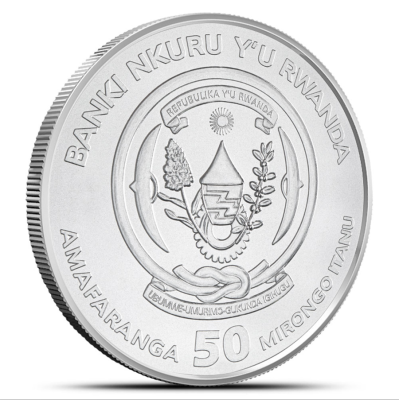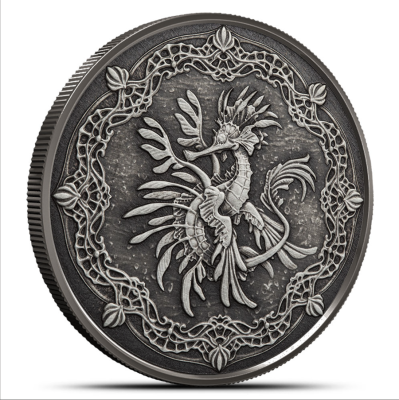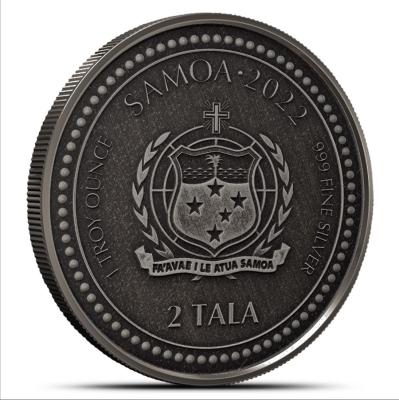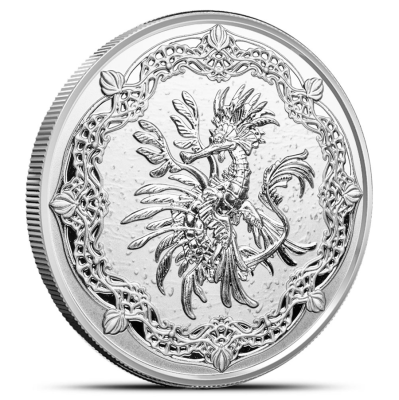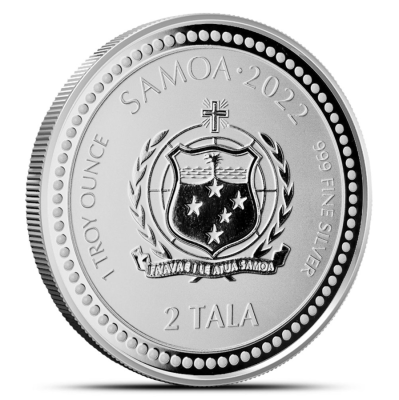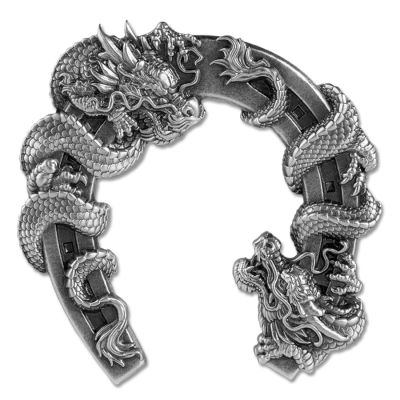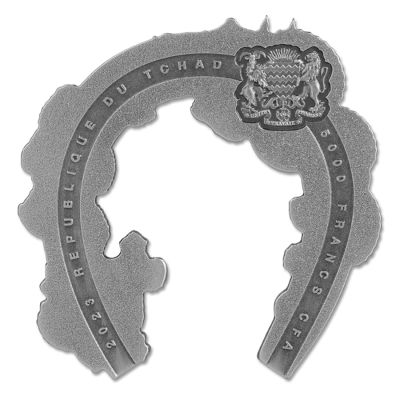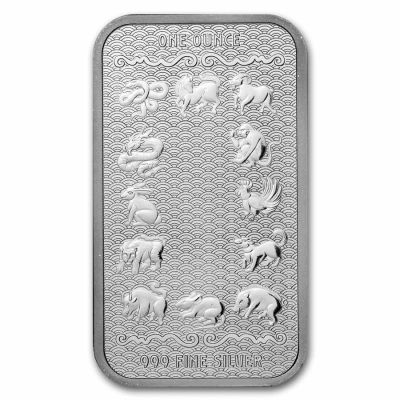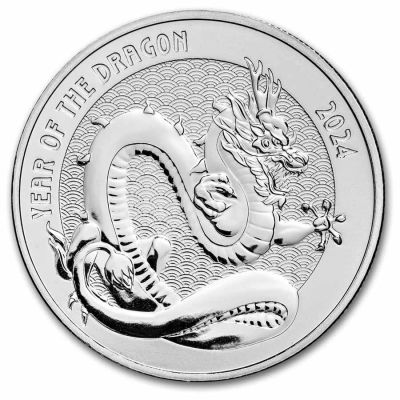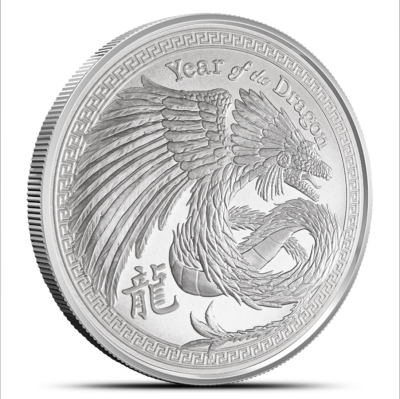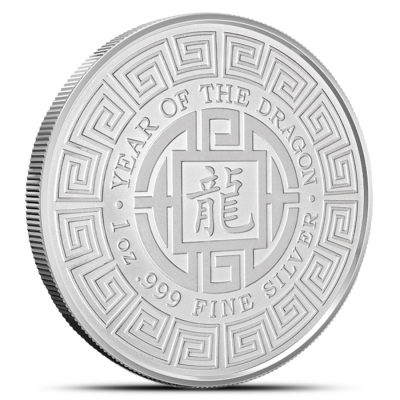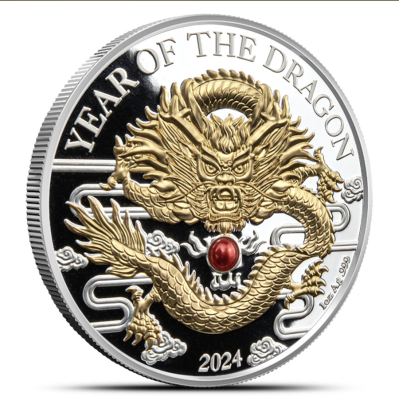Dragon Money
In this installment of "Your Wate and Fate," we take a sneak-peek look at an upcoming page that will eventually be on display to the public. As a Patreon supporter, you have access to the page one full year before the public does.
- * Dragon Money Part One: Patreon Release Date: January 28th, 2024.
- * Dragon Money Part One: Public Release Date: February 7th, 2024.
- * Dragon Money Part Two: Patreon Release Date: February 7th, 2024.
- * Dragon Money Part Two: Public Release Date: February 7th, 2024.
Please tell your friends that they can subscribe to my Patreon stream for $2.00 per week:
To discuss this and other Your Wate and Fate pages with me, join my private Patreon Forum here:
Support Your Wate and Fate
All of the material you have access to here — the instructive booklets, the nostalgic postcards, the boldly graphic ephemera, and all of the historical information researched and shared from the mind of the woman who is making it all happen — can easily fit into one 8 x 10 foot room in an old Victorian farmhouse, but you would never see it without the investment of the time it takes to produce such a site and the caloric input such a site requires in the form of food for the writer, graphic designer, and database manager, as well as the US currency needed to pay for the computers, software applications, scanners, electricity, and internet connectivity that bring it out of that little room and into the world. So, as you can see, this site is the darling of many, and it is growing at a rapid rate ... but although it is "free," there also is a cost. Your financial support underwrites this cost.
Each new web page or sample pdf is circulated to Patrons as an unpublished galley proof or advance copy. After one year access for Patrons, each web page will be released to the public, while book pages will be available to the public as printed books, and copies will be sent to Patrons who subscribe at the upper two tiers.
Patrons have access to a Private Patreon sub-forum within the Lucky Mojo Forum, and will be accorded special Red Star Avatar badges at the Forum.
The Dragon
The dragon is generally described as a mythical beast, a sort of fantasy creature, varying in appearance by region, and imagined out of bits and pieces of snakes, crocodiles, fishes, bats, sea-horses, lions, and what-have you. Some scholars, however, believe that dragons were never conceived of as "mythical," but rather that they represent early, pre-scientific encounters humans had with fossilized dinosaurs.
This theory accounts for the fact that dragons of various types appear in far-apart areas of the world, and that there are, in a sense, "regional" dragons in art. The variations in dragon appearance may reflect an honest attempt by early humans to reconstruct some sort of uniform saurian anatomy from the fragmentary fossils of many species in their own areas -- long-necked, short-necked, gracile, stocky, winged, and terrestrial -- and this, after millennia, has resulted in the variability of dragons in art.
The Asian Dragon
The Asian dragon, a sinuous, reptilian beast, is revered as a religious, mythical, astronomical, and astrological figure. This dragon may be associated with water, or may fly through the sky with small wings. The role of the Asian dragon, his guardianship of a precious flaming pearl, and his titular rulership of every 12th year of the Chinese zodiac are well known, even to non-Asians. If nothing more, they will encounter the dragon on Chinese restaurant menus, where he stands out because he shares a spot on the Lunar New Year cycle with eleven other animals, all of whom are identifiable living species, while he is a creature of spiritual origin.
The Lunar Calendar
Each Asian New Year actually marks the approximate time when the planet Jupiter enters a new sector of the sky, as it follows a 12-year cycle of repeated movement as seen from Earth. Although Jupiter's motion is being referenced, the New Year Festival itself is determined by a Lunar calendar, a very ancient way of marking time, and it generally falls in the secular month of February.
Each year is named after one of the twelve lucky Chinese Zodiac animals, and, as with other forms of astrology, people born under these sins have certain personality traits.
- * Rat: 1924, 1936, 1948, 1960, 1972, 1984, 1996, 2008, 2020: Resourceful, versatile, kind.
- * Ox: 1925, 1937, 1949, 1961, 1973, 1985, 1997, 2009, 2021: Strong, dependable, determined.
- * Tiger: 1926, 1938, 1950, 1962, 1974, 1986, 1998, 2010, 2022: Brave, confident, competitive.
- * Rabbit: 1927, 1939, 1951, 1963, 1975, 1987, 1999, 2011, 2023: Quiet, elegant, responsible.
- * Dragon: 1928, 1940, 1952, 1964, 1976, 1988, 2000, 2012, 2024: Confident, intelligent, enthusiastic.
- * Snake: 1929, 1941, 1953, 1965, 1977, 1989, 2001, 2013, 2025: Mysterious, intelligent, wise.
- * Horse: 1930, 1942, 1954, 1966, 1978, 1990, 2002, 2014, 2026: Animated, active, energetic.
- * Goat: 1931, 1943, 1955, 1967, 1979, 1991, 2003, 2015, 2027: Calm, gentle, sympathetic.
- * Monkey: 1932, 1944, 1956, 1968, 1980, 1992, 2004, 2016,2028: Sharp, smart, curious.
- * Rooster: 1933, 1945, 1957, 1969, 1981, 1993, 2005, 2017, 2029: Observant, hardworking, courageous.
- * Dog: 1934, 1946, 1958, 1970, 1982, 1994, 2006, 2018, 2030: Loving, honest, prudent.
- * Pig: 1935, 1947, 1959, 1971, 1983, 1995, 2007,2019, 2031: Compassionate, generous, practical.
To create a full Chinese Zodiac of 60 years, five elements (also expressed as colours) also cycle through the years.
- * Metal or White: Years that end in 0 or 1.
- * Water or Black: Years that end in 2 or 3.
- * Wood or Green: Years that end in 4 or 5.
- * Fire or Red: Years that end in 6 or 7.
- * Earth or Brown: Years that end in 8 or 9.
There are further divisions and refinements of the lunar calendar, but for our purposes, all we need to know right now is that 2024 is the year of the Green Wood Dragon.
The European Dragon
The European dragon is also a reptile, but he is depicted as a terrestrial beast capable of short bursts of flight by means of long-fingered, webbed wings. Unlike the Asian dragon, which knows no bounds in terms of posture or position, the European dragon is often encountered in heraldry, which is a an ancient, pre-literate, and highly formalized system for branding and identifying the coat of arms or shield of individuals, land holdings, municipalities, provinces, or nations by associating with animals, plants, and other devices. Heraldry is so popular in Europe, and especially Great Britain, that its use has been extended in popular culture to the branding of taverns, inns, and commercial businesses of all kinds.
Because heraldry is so formalized in terms of each device's position, colour, and number, European dragons tend to be less expressive than Asian dragons, but they make up for this in terms of their beloved status as totemic emblems of certain regions and their citizenry.
Dragon Money
Coins with images of dragons on them, popularly referred to as dragon coins or dragon money, have an extensive history of production in Asia, without respect as to whether the coins were minted in a Dragon zodiac year. Among these coins are various denominations of the Chinese Yuan, Japanese Yen, and Korean Won. Since the year 2000, and particularly with the diaspora of Chinese people leaving the oppressive regime of Communist China, the custom of giving gifts marked with Zodiac animals has spread around the world, dragon coins have become Of all the twelve lunar coins, the Dragon issues are by far the most popular, due to their historical association with coinage.
Modern Dragon Coins and Bullion
Text, blah blah blah especially .
The Lunar Calendar on Coins and Bullion
Text .. and of these, the Year of the Dragon is always the most popular because not only is is a great Lunar New Yar gift, it is also a historical call-back to the old Dragon Money of China, Japan, and Korea.
In addition to Asian nations, various countries have, since the year 2000, released lunar astrology keepsakes in the form of stamps and coins for each year's animal. With each 12-year lunar cycle since that time, it seems that more nations have joined the list of those who produce lunar coinage or stamps. Meanwhile, in European nations with their own traditions of dragons which are not connected to astrology, dragon coins may be issued at any time.
When photographing coins for sale, it seems to be the convention, both by mints and by secondary coin dealers, to consider the dragon as the image on the obverse or front of the coin, even though it is technically the image on the reverse or back of the coin. This is especially the case with nations that have a standard obverse, such as the portrait of a monarch: as merchants, the mints and coin dealers wish to present the dragon first, even though it is on the back of the coin. In other words, the dragons are usually the first image shown, and thus either larger or placed on left side of a composite photo. We have retained the proper designation of "reverse" for these dragons, while setting them in the left-hand position in our series for purpose of showcasing them.
A Note About Denominations
Coins, by definition, are money issued by a body -- usually a nation -- that has the authority to set their value by marking them with a denomination that includes a number and the name of the coinage of the issuing body, such as "One Dollar" or "One Pound." Since the 20th century, when first the gold standard and then the silver standard were abandoned, the actual value of precious metals has fluctuated daily, because gold and silver, along with several other metals, are now treated as commodities, not as the reserves with which a nation backs its issuance of currency. Thus coins can be valued in several ways:
- * Valuation by Denomination as Legal Tender: An 1881 U.S. Morgan dollar is worth one dollar.
- * Valuation by Precious Metal Content: An item's weight times the spot price of the metals of which is comprised on a given day, which is also known as its "melt value" gives a rough valuation of its worth, although a reseller will pay "under spot" in order to offset the cost of doing business and to make a profit. An 1881 U.S. Morgan dollar on a given day might worth about $25.00 - $30.00 for its silver content, if melted.
- * Valuation by Numismatic or Collector Value: These forms of valuation are based on an item's rarity, historicity, mint mark, condition, or aesthetic appeal. An 1881 U.S. Morgan dollar may worth about $25.00 - $300.00 depending on its condition and where it was minted.
However, for reasons not always entirely clear, nations are reluctant to abandon the use of precious metals as legal tender, so most of them now issue what is known as denominated bullion coinage -- coins of a known weight and purity of precious metal that are given an arbitrary denomination, but are fully expected to be traded on the open market with reference to the daily spot price of the metals from which they are made, or their raity or condition, to which may be added a premium or surcharge based on their collector value.
The most popular weight for bullion coins is 1 troy ounce (which is not the same as a commercial or avoirdupois ounce), and the standard of purity is generally .999 pure, in contrast to the 90% silver and 10% copper of old U.S. coins such as the Morgan dollar, for example. Thus, in addition to its base metal "clad" coins, the U.S. government currently issues .999 pure silver coins called American Silver Eagles, with a One Dollar denomination, in the full knowledge that they will be treated as bullion coins on the open market and their value will fluctuate daily at many dollars over their denominated value.
Once the denominations on coins -- especially silver coins -- were disconnected from any set value, non-governmental mints began to produce their own disk-shaped bullion pieces. If circular, these are generally called "rounds," to distinguish them from "coins."
Finally, although the disk shape has always been the most popular form for coins, both national coinages and bullion have been minted and cast in other forms, including ingots, bars, cast and stamped lumps, and figurative shapes. The minting of artistic figurative coinage with very low mintage numbers is a popular way for small nations to add a high premium to a beautiful collectible with a low denomination, and thus bring in money from collectors world wide. Along with local flora and fauna, dragon coins, because of their popular imagery, are one of the best ways for small nations to enter the field of what has come to be known as "collectible money."
Some Numismatic Terminology
In order to enjoy this collection of dragon coins and bullion, a few numismatic definitions are in order.
- * Antiqued: a deliberately tarnished and polished finish on silver coins that makes tham look old, but retains their details perfectly. The antiquing is done by briefly dipping the coin in a chemical bath.
- * Certificate of Authenticity or CoA: Collectible coins and bullion, especially those with low mintage and high premiums are sometimes sold in presentation boxes with certificates of authenticity. Chinese counterfeiters are unfazed by this: they not only counterfeit the coins, they also counterfeit the certificates of authenticity.
- * Colorized (or Colourized) and Metalized: A coin which has been decorated by adhering a thin plastic membrane on which a transparent colour image is printed printed is said to be "colorized." If a metalic ink was used, it is said to be "metalized." Some coins are issued with official colourized variants, while other colourizations are after-market additions. Colourization and metalization are easily removed from a coin by dissolving the adhesive and gently peeling the layer of plastic away.
- * Gilded or Plated: When a thin layer of gold is adhered to a silver or copper coin through the electroplating process, it is said to be gilded or gold-plated. When silver is applied, the terms used are silvered or silver-plated. The amount of gold or silver is not enough to change the intrinsic melt-value of the coin, but it may be issued in a limited edition for aesthetic reasons and to increase its collectibility.
- * Proof and Reverse Proof: A proof coin is one struck with a highly polished die, resulting in the flat areas or "fields" having a mirror-like finish. A reverse proof coin is generally only made for collectors, not for general circulation. The flat areas or fields are frosted and the high relief areas are polished to a mirror finish. Such coins carry a high premium and are never circulated.
- * Relief, Bas-Relief, High Relief, and Ultra-High Relief: Coins made for circulation generally are provided with a slightly raised rim so that the sculptural relief of the image, known as bas-relief or low relief, stays below that level and is protected from wear. (One coin which is notable for the mis-matching or its edge rim and its bas-relief is the Morgan dollar -- Lady Liberty's cheek is just a tiny bit too high to be protected by the denticles on the rim and is thus subject to scruffs, dings, and scratches. Even worse is the old Standing Liberty half dollar, about which the less said, the better.) High relief, in which the image sticks up above the rim, is found on collector coins and bullion; such pieces would be damaged almost immediately if placed in circulation. Ultra-High relief coins are those which are fully sculptural and almost leap out at the viewer. They may not even contain a protective rim. They are rarely handled, for fear of damaging them, and are usually stored in capsules or cases.
How This Page is Organized
- * Nation or Mint within a Nation, in Alphabetical Order
- * Year Date in Chronological Order
- * Denomination (or No Denomination) in Ascending Order
- * Percentage of silver or other metals
- * Weight in troy oz.
- * Design and Designer (if known)
- * Finish, if notable; e.g. antiqued, proof, reverse proof, cast
- * Obverse or Reverse
Dragon Coins and Bullion by Nation
AUSTRALIA
Australia is a former British colony that is now sovereign country comprising the mainland of the Australian continent, the island of Tasmania, and numerous smaller islands. In 1901 it was established as the Commonwealth of Australia. The Australia Act 1986 proided an independent government for Australia while maintaining the monarch of the United Kingdom as the monarch OF Australia in an independent capacity. Thus all Australian coinage bears an image of the currently reigning monarch.
Perth Mint
The Perth Mint, located in the city of Perth, is Australia's official bullion mint and is wholly owned by the Government of Western Australia. Founded in 19001, it is the older of Australia's two mints, the other being the Royal Australian Mint in Canberra, which produces Australian dollar coins for circulation as legal tender. The Perth Mint is known for the extremly high quality and beauty of its bullion coins, minted bars, and cast bars. It also functions as the official mint for a number of small nations that lack their own mints.
2000
2017
2018
2019
Australia, 2019, 1 Dollar, 1 Oz. of .999 Silver, Coin, reverse, a central flaming pearl orb between 2 Chinese Dragons, "JM" on the bottom claw of the left Dragon (indicating the designer, Jennifer McKenna), a "P" on the right, between the tail of one and the left front claws of the other, indicating the mint. Perth Mint.
2021
2022
2023
Australia, 2023, 1 Dollar, 1 Oz. of .999 Silver, Coin, reverse, a central flaming pearl with a Chinese Dragon above it about to bite it and below it a Koi fish leaping out of the river of which both are poised, an arched bridge; "P" for the issuing mint, "WR" (for the engraver, Wade Robinson). Perth Mint.
Australia, 2023, 1 Dollar, 1 Oz. of .999 Silver, Coin, reverse, Antiqued, a central flaming pearl with a Chinese Dragon above it about to bite it and below it a Koi fish leaping out of the river of which both are poised, an arched bridge; "P" for the issuing mint, "WR" (for the engraver, Wade Robinson). Perth Mint.
Australia, 2023, 1 Dollar, 1 Oz. of .999 Silver, Coin, obv/reverse, Colourized, a central flaming pearl with a Chinese Dragon above it about to bite it and below it a Koi fish leaping out of the river of which both are poised, an arched bridge; "P" for the issuing mint, "WR" (for the engraver, Wade Robinson). Perth Mint.
2024
Australia, 2024, 1 Dollar, 1 Oz. of .999 Silver, Coin, reverse, Chinese Dragon, face-forward, with a flaming pearl in the left foreground; below, 'lóng,' the Chinese character which means 'dragon,' "P125" indicating the mint and its 125th anniversary; and middle right on a cresting wave, "IJ" (for the engraver, Ing Ing Jong). Perth Mint.
Australia, 2024, 1 Dollar, 1 Oz. of .999 Silver, Coin, reverse, Colourized, Chinese Dragon, face-forward, with a flaming pearl in the left foreground; below, 'lóng,' the Chinese character which means 'dragon,' "P125" indicating the mint and its 125th anniversary; and middle right on a cresting wave, "IJ" (for the engraver, Ing Ing Jong). Perth Mint.
CAMEROON
Cameroon uses the Central African Franc of the CFA (Communauté Financière Africaine or African Financial Community) as its currency, as do the nations of Central African Republic, Republic of the Congo, Republic of Tchad, Equatorial Guinea, and Gabon. Each CFA member country can strike coins bearing its own national symbols, and all of their coins are legal tender in the other members of the CFA bloc.
Scottsdale Mint
Cameroon has used the Scottsdale Mint to produce some of its coins.
2018
CANADA
Canada is a former British colony that became a confederation in 1867 and, after a series of gentle, stepwise governmental changes was recognized as a completely separate nation under the Canada Act 1982. As a monarchy, Canada shares its reigning royal family with 14 other independent countries within the Commonwealth of Nations, all of them former British colonies. All Canadian coinage bears on one side an portrait image of the current living monarch.
Royal Canadian Mint
Canadian coins are minted at the Royal Canadian Mint in Ottawa.
2012
2020
2024
CHINA
Chinese dragon coins are legendary. They became popular in the late 19th century and have continued to set the style for international dragon coins to this day. There are many copies of old Chinese dragon coins manufactured at this time, and they are variously considered to be counterfeits, fakes, fantasy coins, commemoratives, and restrikes.
The weight of old Chinese dragon coins (and their copies) is often given in maces and candareens. A candareen is equal to 10 cash and is one tenth of a mace. One troy candareen weighs 374 milligrams or 5.77 grams, so, for example, a coin marked 7 mace and 2 candareens weighs 26.84 grams or .86 troy ounces.
Another weight found on Chinese dragon coins is the tael. At one time the silver tael weighed 40 grams or 1.3 troy ounces; in 1959 it was standardized to 50 grams or 1.61 troy ounces. Sixteen taels are equivalent to a catty, from whence comes the English term caddy -- as in a "tea caddy" or chest of tea -- so back in the day, a catty of tea weighed 604 grams or 20.8 ounces -- about 1.33 pounds.
In addition to weights, Chinese dragon money may be denominated in yuan or dollars. The Yuan is a national unit of coinage, while the dollar is a remnant of the use of U.S. trade dollars as currency in Asia during the 19th century.
Assorted Provincial Mints
Despite what mint name is stated on a Chinese contemporary restrike or fantasy coin, it is almost certainly just a courtesy name left over from a previous era. Some fakes that bear very old dates, as stated on the coins themselves, are also stated to have been minted in provinces that did not have mints during the stated time period. Enjoy these Chinese collector coins for their artistry and consider that their value is in the pleasure of owning them. Their authenticity is always a matter of conjecture best handled by experts.
2018
China, 2018, 1 Yuan, 1 Oz. of .999 Silver, Coin, obverse Restrike from 1898; Top Chinese: 'Made in Kiangnan Province' (indicating the mint); Bottom Chinese: '7 Mace amd 2 Candareens' (weight, see above); Center: Top-to-Bottom Chinese and (interior) Manchu: "Guangxu" (Emperor); Right-to-Left Chinese and (interior) Manchu: "Yuanbao" (original currency)). Kiangnan Province Mint, China.
2019
China, 2019, 1 Yuan, 1 Oz. of .999 Silver, Coin, obverse, Restrike from 1903; Top Manchu Right-to-Left: "Guangxu" (Emperor) "Yuanbao" (original currency); Center: Top-to-Bottom Chinese: Guangxu (Emperor); Center: Right-to-Left Chinese: "Yuanbao" (original currency)), Center Sides Right-to-Left Chinese: 'Board of Revenue' (minting authority), Bottom Right-to-Left Chinese: 'Worth 1 Mace (Qian).' Chihli Province Mint, China.
China, 2019, 1 Yuan, 1 Oz. of .999 Silver, Coin, obverse, Restrike from 1911; Manchu characters and Chinese ideogramps, with 2 flowers on the sides: Top Manchu Right-to-Left: 'Year 3 of Xuantong' (Emperor); Center: Top-to-Bottom Chinese: Great Qing's (dynasty); Center: Right-to-Left Chinese: 'silver currency,' Bottom Right-to-Left Chinese: 'Year 3 of Xuantong.' Central Mint in Tientsin.
2020
China, 2020, 1 Yuan, 1 Oz. of .999 Silver, Coin, obverse, Antiqued Restrike from 1903; Top Manchu Right-to-Left: "Guangxu" (Emperor) "Yuanbao" (original currency); Center: Top-to-Bottom Chinese: Guangxu (Emperor); Center: Right-to-Left Chinese: "Yuanbao" (original currency)), Center Sides Right-to-Left Chinese: 'Board of Revenue' (minting authority), Bottom Right-to-Left Chinese: 'Worth 1 Mace (Qian).' Chihli Province Mint, China.
China, 2020, 1 Yuan, 1 Oz. of .999 Silver, Coin, reverse, Restrike of 1889, Chinese ideograms on inner circle and Manchu characters at center, Top-to-Bottom: "Guangxu" (Emperor), Right-to-Left: 'Yuanbao," (original currency), "Kwang Tung Province," "7 Mace and 2 Candareens" (weight). Originally from the Kwan Tung Province Mint.
China, 2020, 1 Yuan, 1 Oz. of .999 Silver, Coin, reverse, Restrike of commemorative issue: Inauguration of Hongxian Emperor, Chinese Dragon flying left in profile, Chinese ideograms above and below, Top Right-to-Left: Empire of China," Bottom Right-to-Left: "The 1st Year of Hongxian." Engraver: Luigi Giorgi.
China, 2020, 1 Yuan, 1 Oz. of .999 Silver, Coin, reverse, Restrike of 1904, Two Chinese Dragons approach from either side the flaming pearl at the top; they surround 2 Chinese ideograms and 2 are at their backs one at each side: Sides Right-to-Left: "Hu-Peh Province," Center Top-to-Bottom: "One Tael."
2021
China, 2021, 1 Tael, 1 Oz. of .999 Silver, Coin, reverse, Antiqued Restrike of 1904, Two Chinese Dragons approach from either side the flaming pearl at the top; they surround 2 Chinese ideograms and 2 are at their backs one at each side: Sides Right-to-Left: "Hu-Peh Province," Center Top-to-Bottom: "One Tael," (English) "Hu-Peh Province," "One Tael." Artist Initials, Issuing Mint.
2022
China, 2022, 1 Yuan, 1 Yuan, 1 Oz. of .999 Silver, Coin, obverse, Restrike from 1911; Manchu characters and Chinese ideogramps, with 2 flowers on the sides: Top Manchu Right-to-Left: 'Year 3 of Xuantong' (Emperor); Center: Top-to-Bottom Chinese: Great Qing's (dynasty); Center: Right-to-Left Chinese: 'silver currency,' Bottom Right-to-Left Chinese: 'Year 3 of Xuantong.' Central Mint in Tientsin.
2023
China, 2023, 1 Yuan, 1 Oz. of .999 Silver, Coin, obverse Restrike from 1898; Top Chinese: 'Made in Kiangnan Province' (indicating the mint); Bottom Chinese: '7 Mace amd 2 Candareens' (weight, see above); Center: Top-to-Bottom Chinese and (interior) Manchu: "Guangxu" (Emperor); Right-to-Left Chinese and (interior) Manchu: "Yuanbao" (original currency)). Kiangnan Province Mint, China.
ENGLAND
Royal Mint
2018
England, 2018, 2 Pounds, 1 Oz. of .999 Silver, Coin, reverse; 2 dragons inset to a Yin-Yang symbol: one at the top a Chinese dragon on a patterned background (black), one below a heraldic red dragon on a plain background (white); there is a "TN" identifying mark at the lower dragon's tail for the engraver Timothy Noad; "Two Dragons," "One Ounce Fine Silver 999 • 2018." Royal Mint.
England, 2018, 2 Pounds, 1 Oz. of .999 Silver, Coin, obverse; the bust of Queen Elizabeth II of England; "Elizabeth II • D • G • Reg * F * D * 2 Pounds," (Dei Gratia Regina; by the Grace of God, Queen), Fidei Defensor (Defender of the Faith); "J.C" under the central bust (for the engraver, Jody Clark). Royal Mint.
2024
England, 2024, 5 Pounds, 1 Oz. of .999 Silver, Coin, obverse, a bust of King Charles III of England; "Charles III • D * G * Rex * F * D * 5 Pounds • 2024," Dei Gratia Rex (by the Grace of God, King), Fidei Defensor (Defender of the Faith), there are the letters MJ beneath the bust indicating the engraver, Martin Jennings. Royal Mint.
FIJI
Royal Canadian Mint
According to the Reserve Bank of Fiji, all recent Fiji coins have been minted by the Royal Canadian Mint.
Many coins of Fiji bear the nation's Coat of Arms: A shield divided quarterly by the Cross of St. George; in the quadrants sugarcane, a coconut palm, a bunch of bananas, and a flying dove of peace bearing an olive branch , charged with a gold lion holding a cacao pod at the top, supported by twin Fijian warriors, one on each side, one armed with a barbed spear, the other with a pineapple club, topped with a canoe as the crest, at the bottom is the nation's motto: "Rerevaka na kalou ka doka na Tui" ("Fear God and honour the King" [1 Peter 2:17]). This coat of arms was adopted in 1908 by a British Royal Warrant and it has been the coat of arms of Fiji since that year, having been retained after independence in 1970.
2022
2023
2024
Fiji, 2024, Two Dollars, 1 Oz. of .999 Silver, Coin, reverse, Chinese Dragon's head is predominant and face-forward and right above a semi-circle background, , the coin is bordered by a Greek Key ring which are intersected by the English words; above the dragon inset to the background is the Chinese ideogram 'lóng,' meaning 'dragon;' "Year of the Dragon," "2024."
Fiji, 2024, From left to right from the head of the Chinese Dragon with pearl to its tail: 1 Oz. of .999 Silver, $2.00 coin; 1/2 Oz. of .999 Silver, $1.00; 1/4 Oz. of .999 Silver; $0.50; and 1/10 Oz. of .999 Silver $0.25; reverse, the Dragon is coloured, each coin bearing "2024," with the far right and smallest also featuring a red banner with the Chinese ideogram 'lóng,' meaning 'dragon.'
Fiji, 2024, From left to right from the head of the Chinese Dragon with pearl to its tail: 1 Oz. of .999 Silver, $2.00 coin; 1/2 Oz. of .999 Silver, $1.00; 1/4 Oz. of .999 Silver; $0.50; and 1/10 Oz. of .999 Silver $0.25; obverse, the Fiji Coat of Arms above a semi-circle background, the whole is bordered by a Greek Key ring, "Fiji 2024," at the top and ".999 Fine Silver" on the right of every coin; and in sequence by weight of silver and denomination: "1 oz", "Two Dollars;" "1/2 oz," "One Dollar;" 1/4 oz," "Half Dollar;" and "1/10 oz," "Quarter Dollar."
FRANCE
Unknown Mint
2024
A bit of history goes here.
France, 2024 10 Euros, 1 Oz. of .999 Silver, Coin, reverse; In the outer ring: "Annee Du Dragon," ("Year of the Dragon"), "2024," a Chinese dragon passes through the second ring (tiled with engraved lunar animals and vegetation), which is replicated in small size on the obverse around a door, on the body of the dragon is engraved the Chinese character for "dragon" (long); right-hand side of the coin has a square mark indicating the engraver, Joaquin Jimenez.
France, 2024 10 Euros, 1 Oz. of .999 Silver, Coin, obverse; inset to the top right of the coin is a door marked "R F" and barred closed with a Chinese rod lock; this door is inset to the same ring which appears on the reverse of this coin through which the dragon comes; emanating out from the door in a sun-rayed field is a sequence of twelve panes radially terminating in a year marked on its outer edge and featuring numerous variations of the lunar animals which are part of the twelve; "2018-2029," "Calendrier Chinois," "10 Euro."
JAPAN
Asahi Refining
MONGOLIA
The Bank of Mongolia's logo is formed as a round coin on a lotus bouquet associated with purity, delicacy and stability (The Central Bank of Mongolia's logo illustrates bundle of lotus as a representation of pureness, firmness and togrog coin on the lacy base). ... The logo symbolizes eternal stability, constant development, youth, growth, prosperity and success.- https://www.mongolbank.mn/en/p/logo#:~:text=The%20Bank%20of%20Mongolia's%20logo%20is%20formed%20as%20a%20round,coin%20on%20the%20lacy%20base).
Bank of Mongolia
The mint that manufactures the Mongolian dragon coins is the Bank of Mongolia.
2024
Mongolia, 2024, 1000 Togrog, 1 Oz. of .999 Silver, Dragon-Shaped Ultra-High Relief Antiqued Coin, obverse, on a disk on the right-facing Dragon's side, a coin emblem with the logo of the Bank of Mongolia, which minted the coin, 2 characters in the Mongolian language, "1000 {Togrog}," "Mongolia," "1 oz .999 Silver," "2024."
NIUE
European Mint
2022
A bit of history goes here. The national flag of Wales features the Welsh dragon as a heraldic symbol.
RWANDA
As of 2001, many coins of the Republic of Rwanda ("Repubulika Y'u Rwanda") bear the National emblem with the motto "Ubumwe-Umurimo-Gukunda Igihugu"" ("Unity, Work, Patriotism"), featuring a stem of Sorghum, a branch of a Coffee tree, and a traditional basket called an Agaseke. It also features 2 typical Rwandan shields, a cogwheel, and the Sun above; the whole is encircled by a square knot.
Unknown Mint
The mint that manufactured the Rwandan dragon coins is not knowm. Information will be gratefully accepted.
2024
Rwanda, 2024, 50 Amafaranga (Francs), 1 Oz. of .999 Silver, Coin, reverse, Chinese dragon, left facing; "Lunar Ounce," "2024," "1 oz Fine Silver 999,"; above the dragon image are the words "Year of the Dragon" and the Chinese character for "dragon" (lóng) set into a double-octagon. This is a literal "Wood Dragon," as is appropriate for the year.
SAMOA
Unknown Mint
2022
A bit of history goes here. Many coins of the Independent State of Samoa bear the nation's Coat of Arms with the motto "Fa'avae I Le Atua Samoa" (variously translated as "God is the Foundation of Samoa" or "Samoa is founded on God")
TCHAD
New Century Mint and Others
The Republic of Tchad (also spelled Chad) uses the Central African Franc of the CFA (Communauté Financière Africaine or African Financial Community) as its currency, as do the nations of Cameroon, Central African Republic, Republic of the Congo, Equatorial Guinea, and Gabon. Each CFA member country can strike coins bearing its own national symbols, and all of their coins are legal tender in the other members of the CFA bloc.
Tchad has authorized various foreign mints to strike collector coins bearing historical or cultural themes that are not related to the country itself. These coins may be given low mintage numbers -- as low as 50 and as high as 500 to 999 -- in order to increase their rarity. The most popular size is one troy ounce of silver. Mints that have recently produced coins for Tchad include the New Century Mint of Shanghai, China.
2023
Tchad, 2023, 5000 Francs, 1 Oz. of .999 Silver, Horseshoe Coin, reverse, Antiqued, Horseshoe band inset to flat back of Dragons on reverse, with Republic of Tchad Coat of Arms at top right; on the band: "2023 Republique Du Tchad," (Republic of Tchad), "5000 Francs CFA" ("Communauté Financière Africaine" or "African Financial Community")."
UNITED STATES OF AMERICA
Although the United States has issued a series of lunar New Year postage stamps, it has never issued Chinese Zodiac coins. Private mints in the U.S. have sought to fill that gap.
APMEX
APMEX, The American Precious Metals Exchange, is a wholesaler and retailer of gold, silver, platinum and palladium coins, bullion, bars, and ingots. It occasionally privately mints or commissions the minting of its own commemorative bullion rounds and bars.
2012
2024
United States, 2024, 1 Oz. of .999 Silver, Bar (Rectangular), reverse, 12 Chinese astrological animals, including from top left: Snake, Horse, Goat, Monkey, Rooster, Dog, Pig, Rat, Ox, Tiger, Rabbit, and (fantasy) Dragon, above semi-circle background and separated by curlique dividers from the text and numbers; "One Ounce," "999 Fine Silver." APMEX Mint, USA.
United States, 2024, 1 Oz. of .999 Silver, Round, obverse, 12 Chinese astrological animals on the outside ring, including from top left: Snake, Horse, Goat, Monkey, Rooster, Dog, Pig, Rat, Ox, Tiger, Rabbit, and (fantasy) Dragon, around an inner ring of the 8 trigrams (ba gua) in the "Later Heaven" arrangement; (Center) "One Ounce," "999 Fine Silver." APMEX Mint, USA.
JM Bullion
JM Bullion is a wholesaler and retailer of gold, silver, copper, platinum, and palladium products, including coins, bullion, bars, and ingots. The company occasionally privately mints ir commissions the minting of its own commemorative bullion rounds and bars.
2024
VANUATU
Many coins of Vanuatu bear the nation's Coat of Arms: A Melanesian warrior, armed with a spear, standing before a mountain; behind him a boar's tusk and two leaves of the namele (coconut palm), on the scroll is the Vanuatu National Motto, "Log God Yuni Stanap" ("With God We Stand" equivalent to "In God We Trust"), surrounded by the words Ripablic Blong Vanuatu ("Republic of Vanuatu").
Unknown Mint
2024
References
Dragon Dollar Chinese Coins -- https://www.dragondollar.com/
Numista -- https://en.numista.com/
Standard Catalog of World Coins, 1801 - 1900. Colin R. Bruce II, Senior Editor. 4th Edition, 2004. Krause Publications, Iola, Wisconsin.
Standard Catalog of World Coins, 1901 - 2000. George S. Cuhaj, editor. 37th Edition, 2010. Krause Publications, Iola, Wisconsin.
Standard Catalog of World Coins, 2001 - Date. George S. Cuhaj, editor. 9th Edition, 2014. Krause Publications, Iola, Wisconsin.


